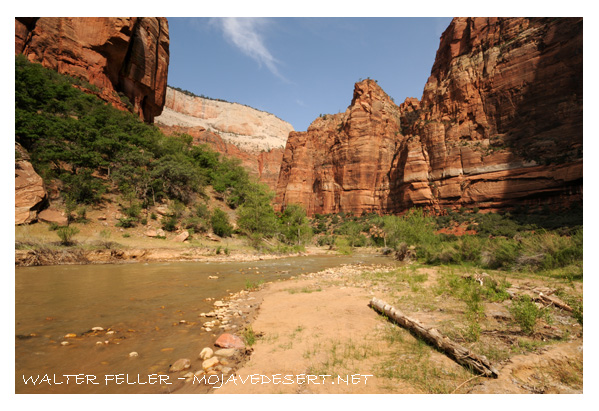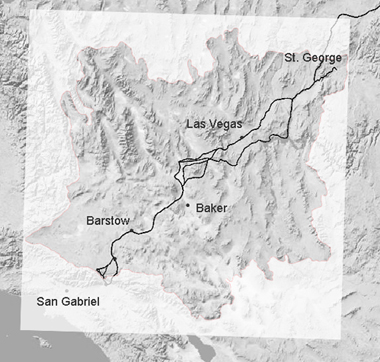Spanish Colonial Interest

Spanish colonial interest in trade with the Utes began in the seventeenth century. Fearing renewed hostilities caused by unfair trade practices, eighteenth-century Spanish officials prohibited trade with the Utes. Flaunting the law, traders from New Mexico followed pathways to the land of the Utes. Each illegal expedition invariably furnished knowledge of Ute country. As Spanish frontiersmen ventured beyond western Colorado, they learned different ways to get to the Great Basin. Later, the more experienced served as guides on official expeditions to western Colorado and Utah.
Three officially sanctioned expeditions from New Mexico into Ute country, composed partially of men who had previously traded illegally with the Utes, reflected renewed Spanish interest in Ute country. In 1765, Juan María Antonio Rivera led two parties to explore southwestern Colorado and southeastern Utah. Eleven years later, in 1776, a third official expedition left Santa Fe following Rivera’s route to the Uncompahgre Plateau and beyond to the Great Basin in western Utah. This expedition, led by two Franciscan priests, Francisco Atanasio Domínguez and Francisco Silvestre Vélez de Escalante, was intended to establish a route between Santa Fe and Monterey in California. Although their expedition failed in its objective to reach the coast of the Pacific Ocean, they succeeded in providing more information about the interior land and its people.
In the mid-1820s, Hispanic New Mexicans and Anglo-Americans expanded their trade in Ute country. Anglo-American fur trappers, in particular, were interested in meeting European demand for beaver hats with new sources of fur in the Rocky Mountains. While trapping for beaver, these men explored the region. In 1825-1826 Antoine Robidoux built Fort Uncompahgre (Fort Robidoux) near present-day Delta, Colorado. This fort was a centralized trading area where various Indian groups brought furs to trade; these furs were then transported to Santa Fe or Bent’s Old Fort over routes that later became part of the Old Spanish Trail. Robidoux later built another fur-trade post, Fort Uintah, in northeastern Utah. Occasionally, the North Branch of the Old Spanish Trail was used to supply these trading posts.
Previous - Next
About the Old Spanish Trail
American Indian groups
Spanish colonial interest
In late summer of 1826
A major variation of the Old Spanish Trail
The major reason for travel
There was considerable legal trade
Some of the vast fur trade
Hispanic New Mexican families
Americans and other foreigners
With the American takeover of California
Over the years a number of military groups
Overall, use of the Old Spanish Trail
